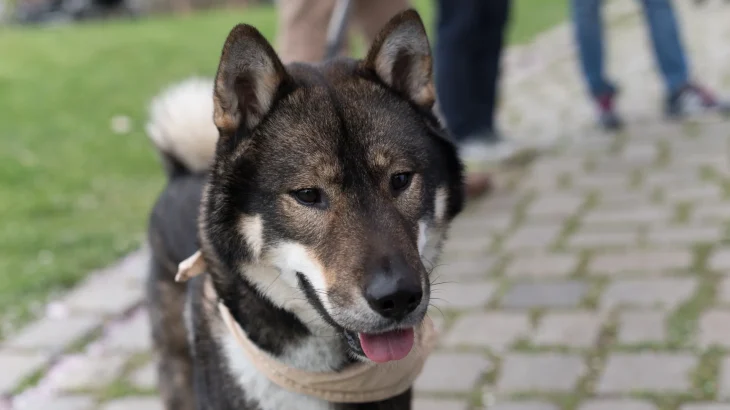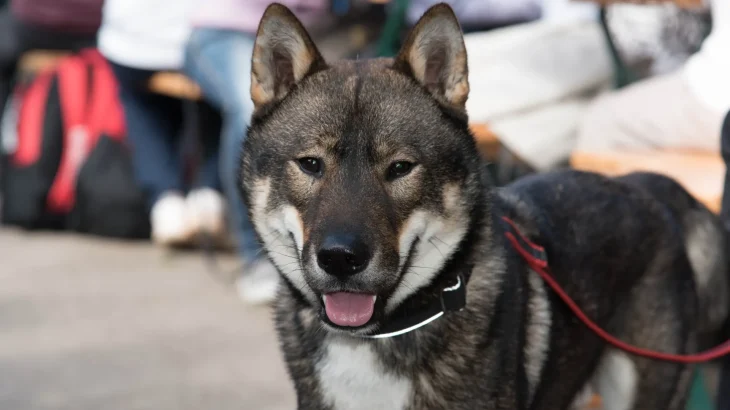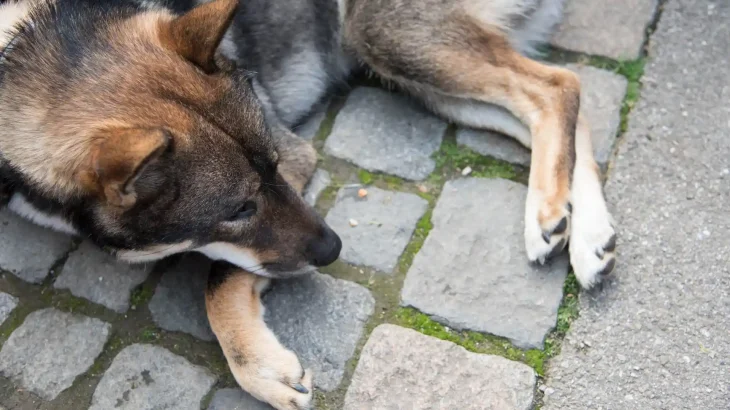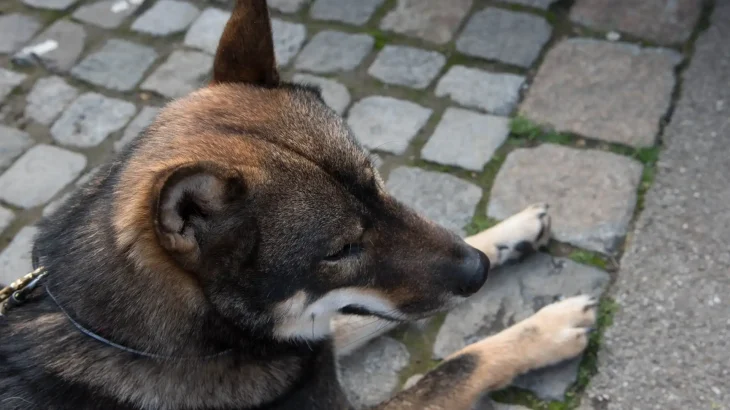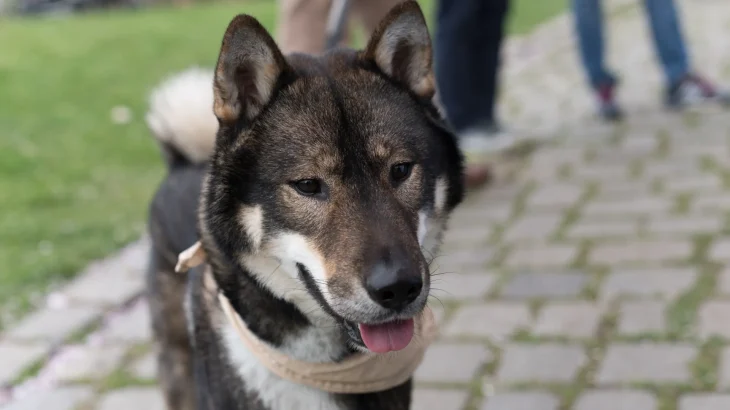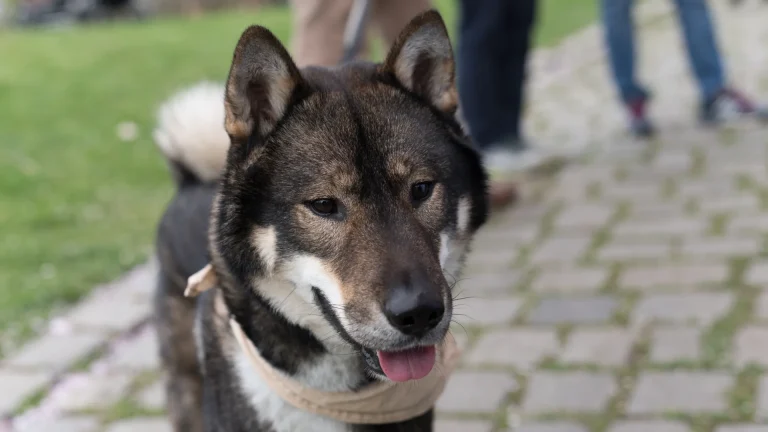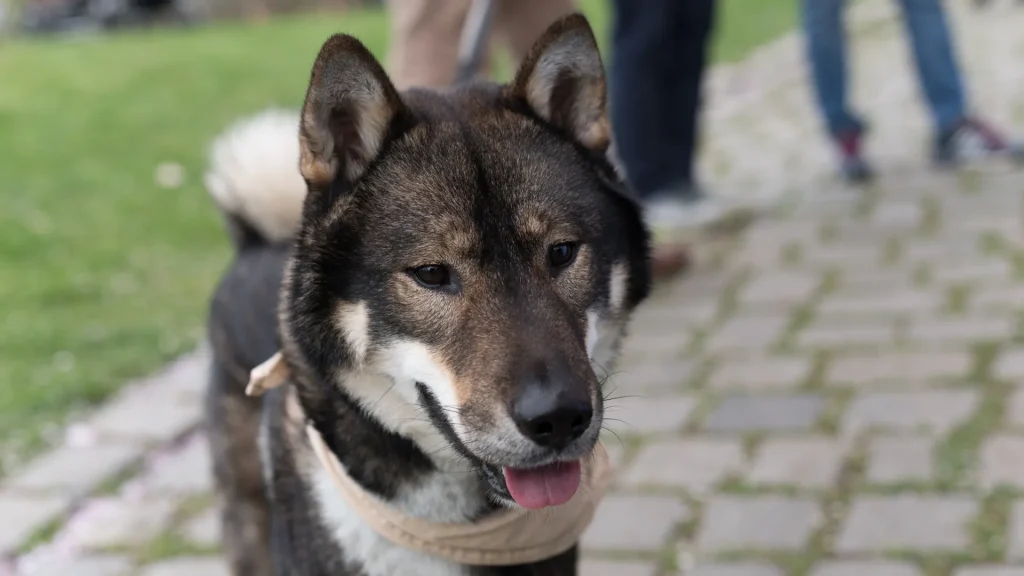When deciding whether to bring a Shikoku puppy into your home, you'll face the choice of adopting or purchasing. Both options have their merits, but the decision often hinges on factors like health history certainty and ethical considerations tied to breed preservation and animal welfare.
Adoption vs. Breeder: Pros & Cons
| Criteria | Buying from Breeder | Adopting from Shelter/Rescue |
|---|---|---|
| Cost | Typically higher due to purebred status and care involved, often several hundred to thousands of dollars. | Generally lower, with adoption fees covering basic veterinary care and the chance to save a dog in need. |
| Health History | Comprehensive health screening and genetic background usually provided by responsible breeders. | Health information may be limited or unknown but basic vet checks are generally performed. |
| Age Availability | Primarily puppies, allowing you to raise the Shikoku from an early age. | Can range from puppies to adult dogs, offering flexibility for different adopter preferences. |
| Ethical Considerations | Supports breed preservation but requires careful breeder selection to avoid contributing to unethical breeding. | Helps reduce shelter overcrowding and gives a dog a second chance at life. |
| Breed Purity & Pedigree | Guaranteed purebred with pedigree documentation. | Breed purity may be uncertain unless from specialized Shikoku rescues. |
| Support & Return Policy | Breeders often offer ongoing advice and return options if needed. | Adoption agencies may provide support, though policies vary widely. |

